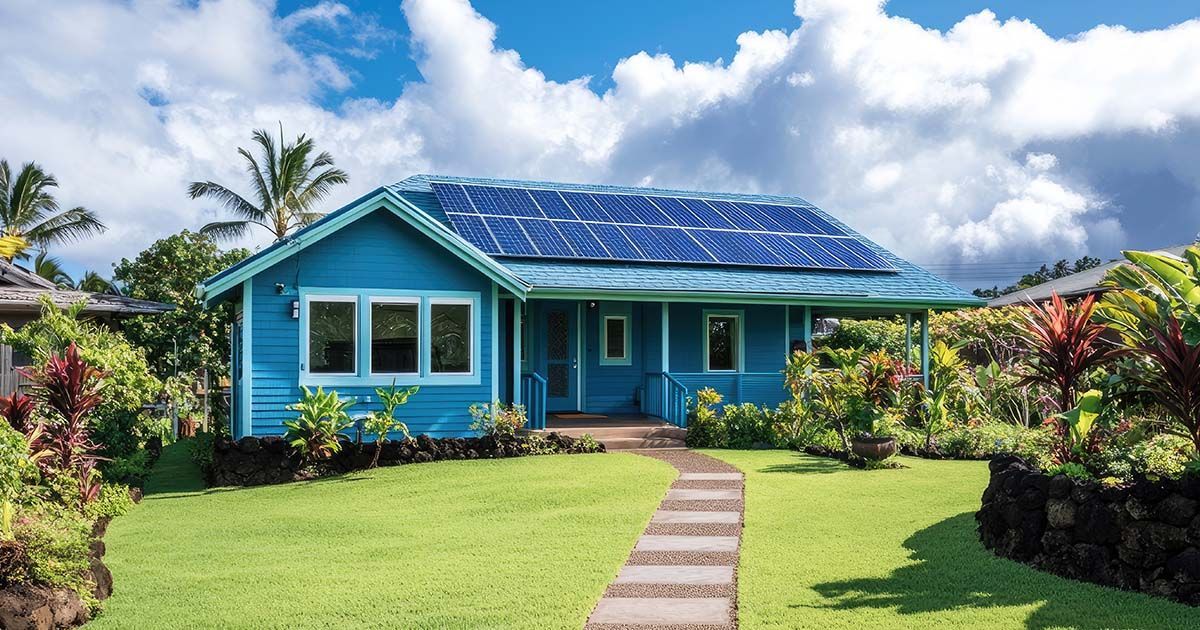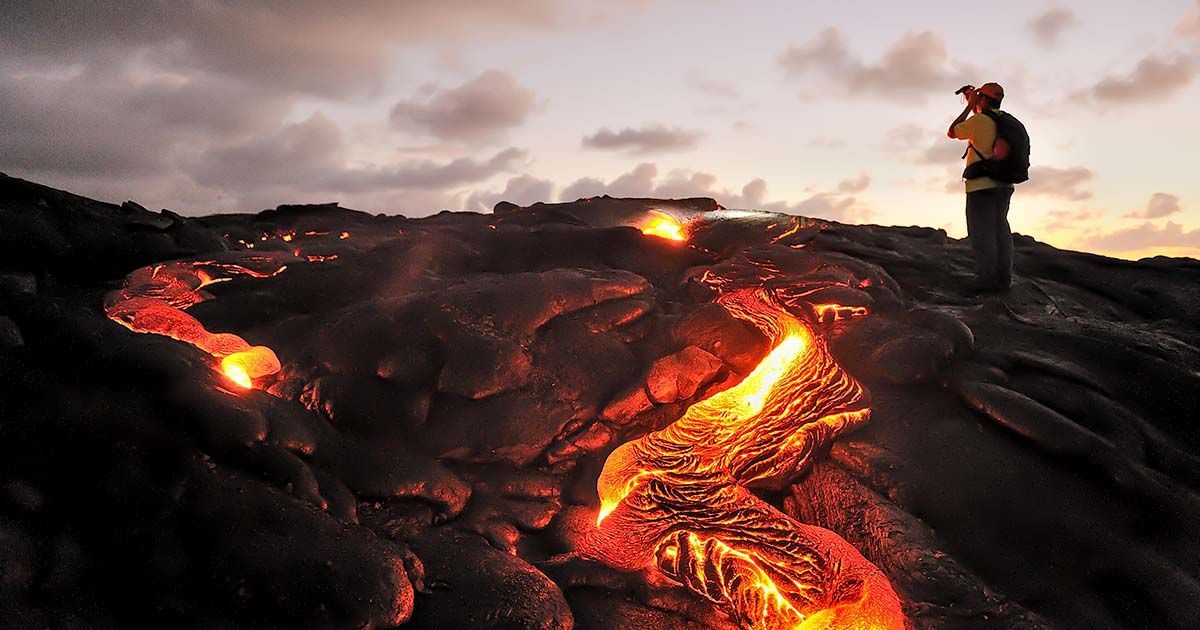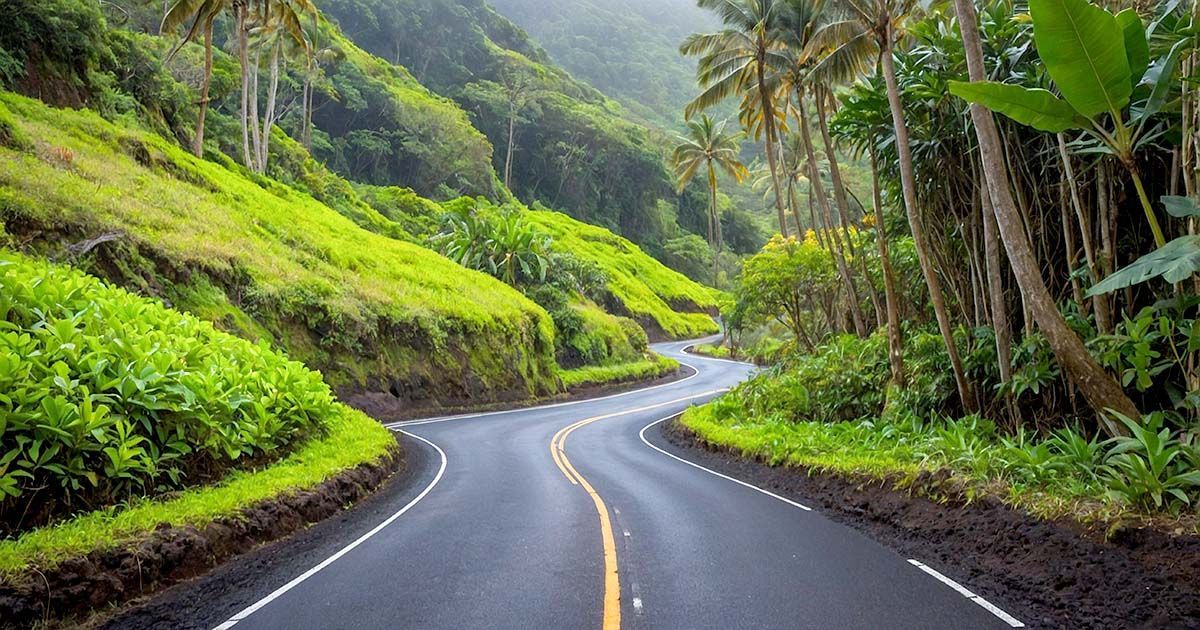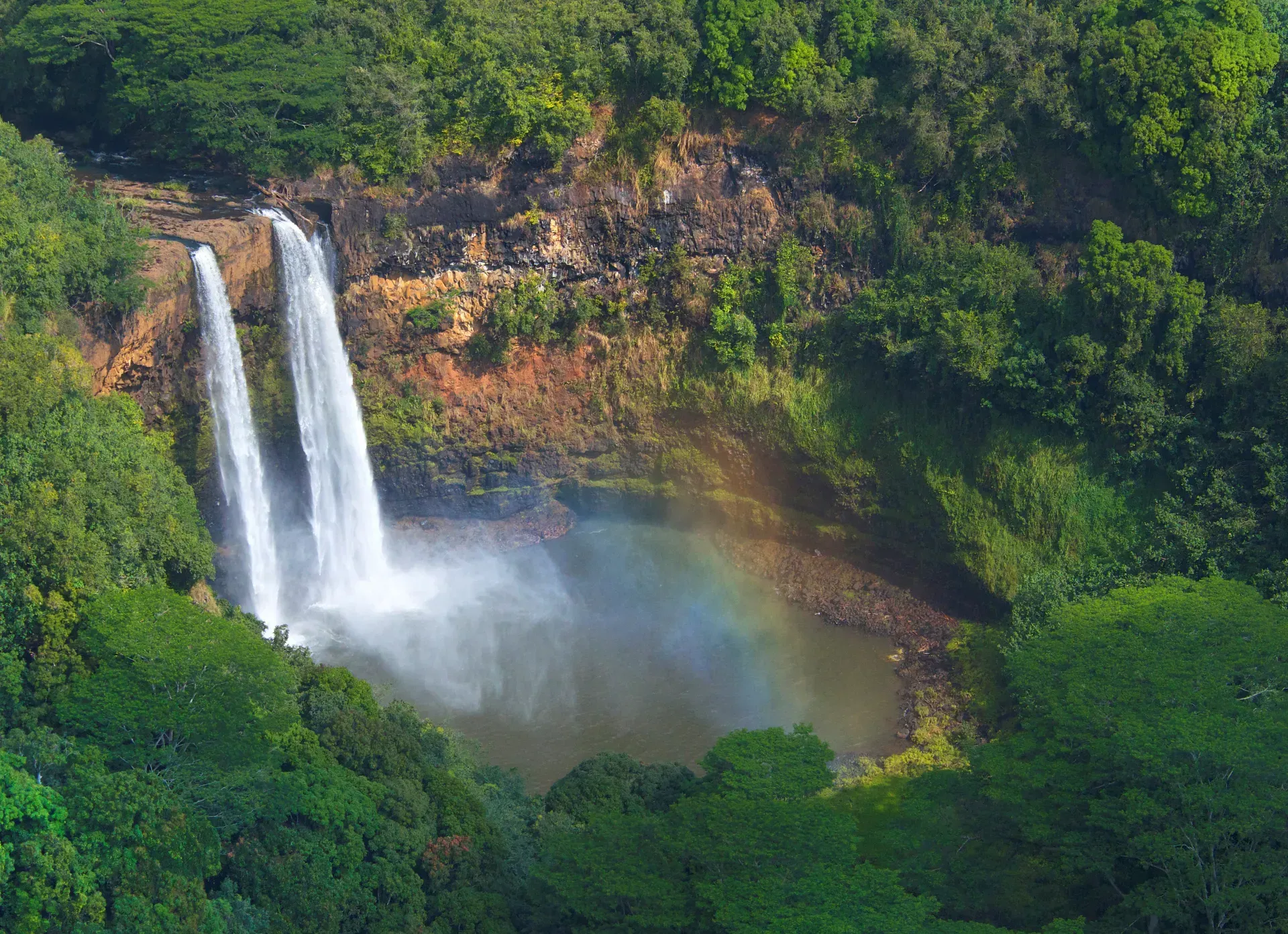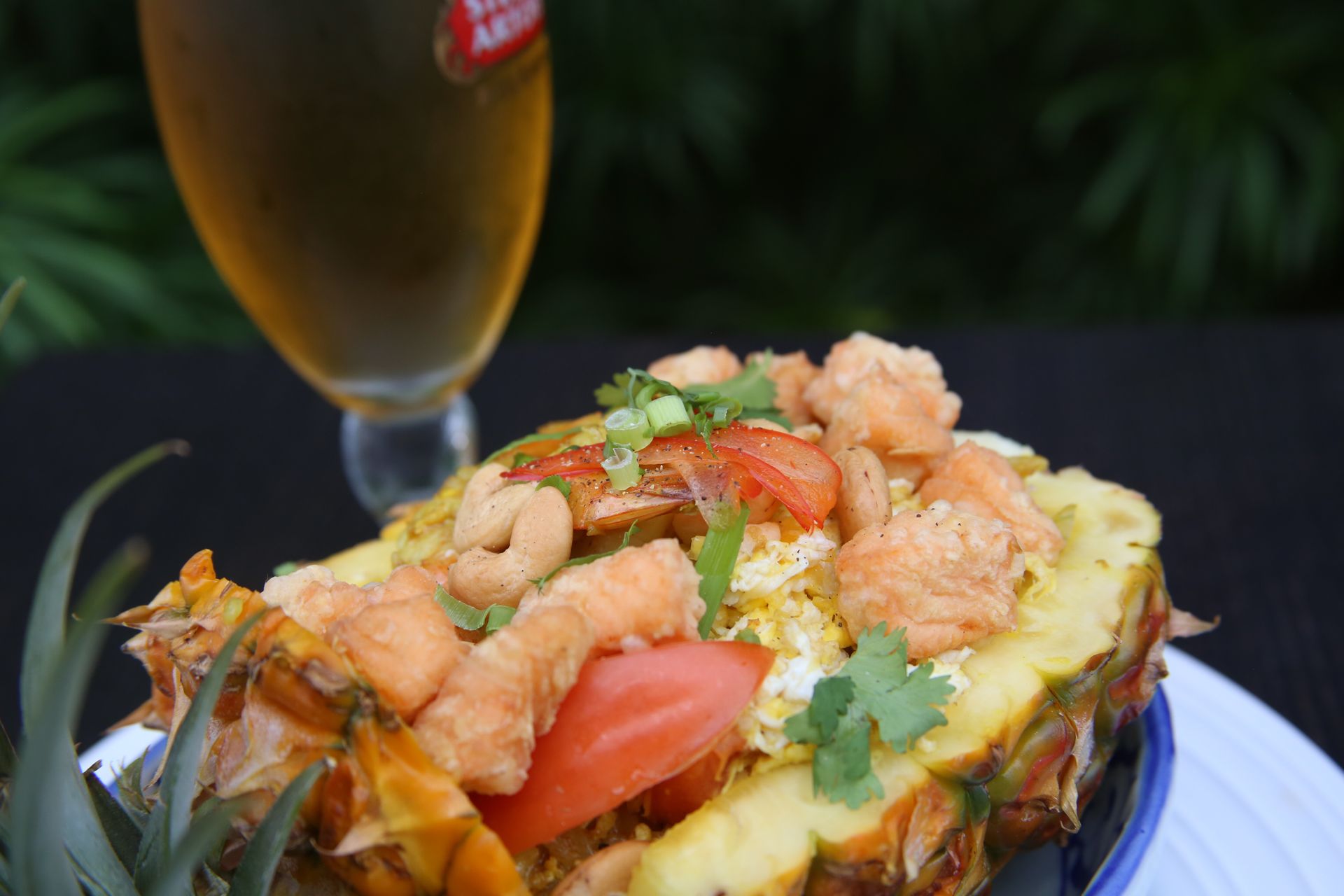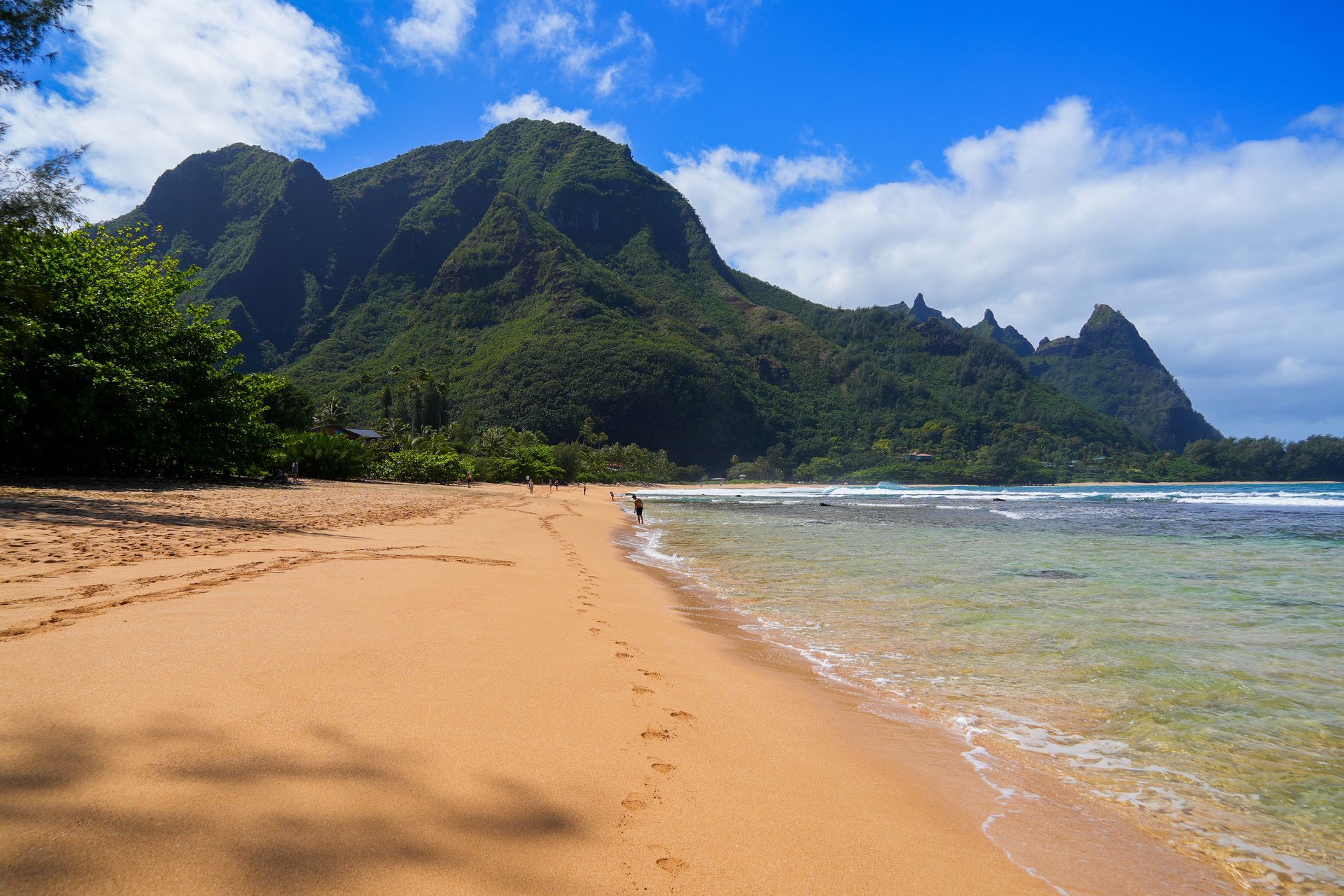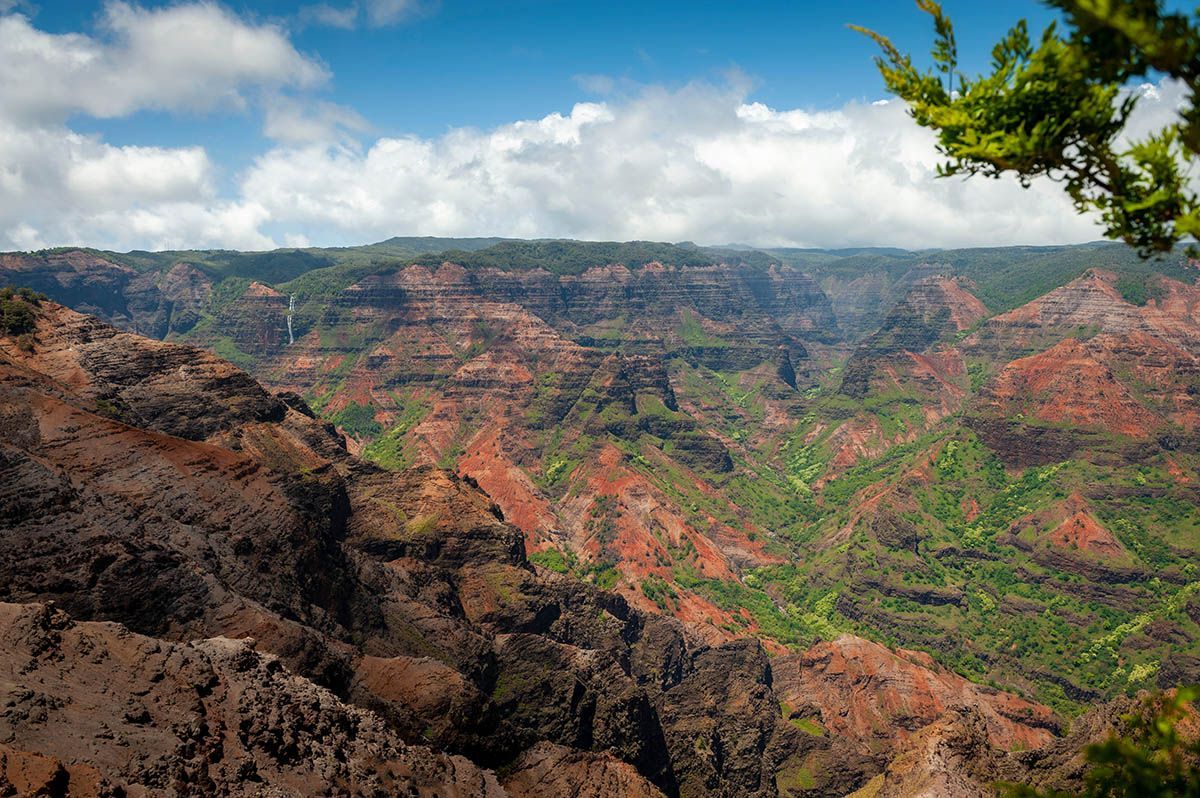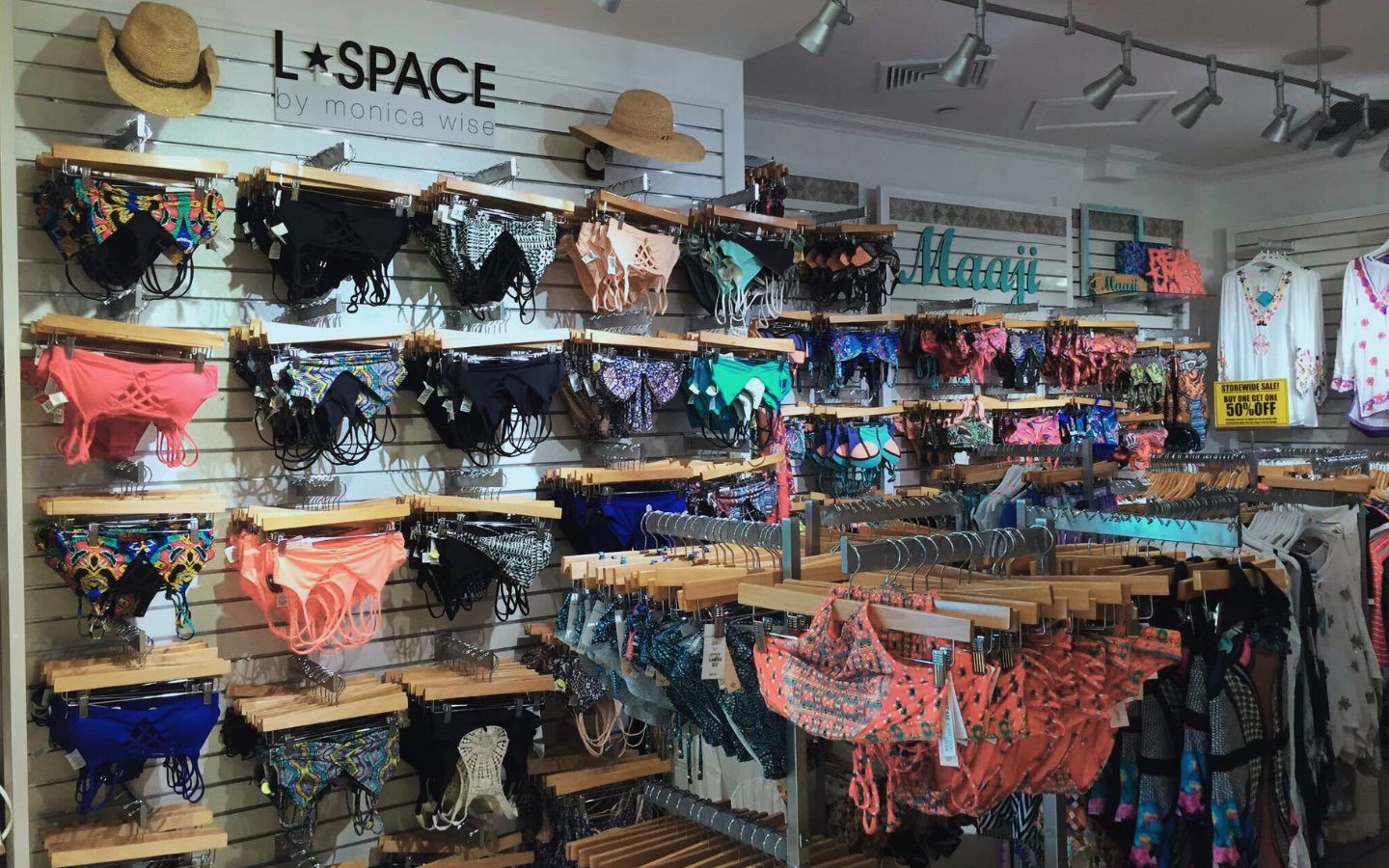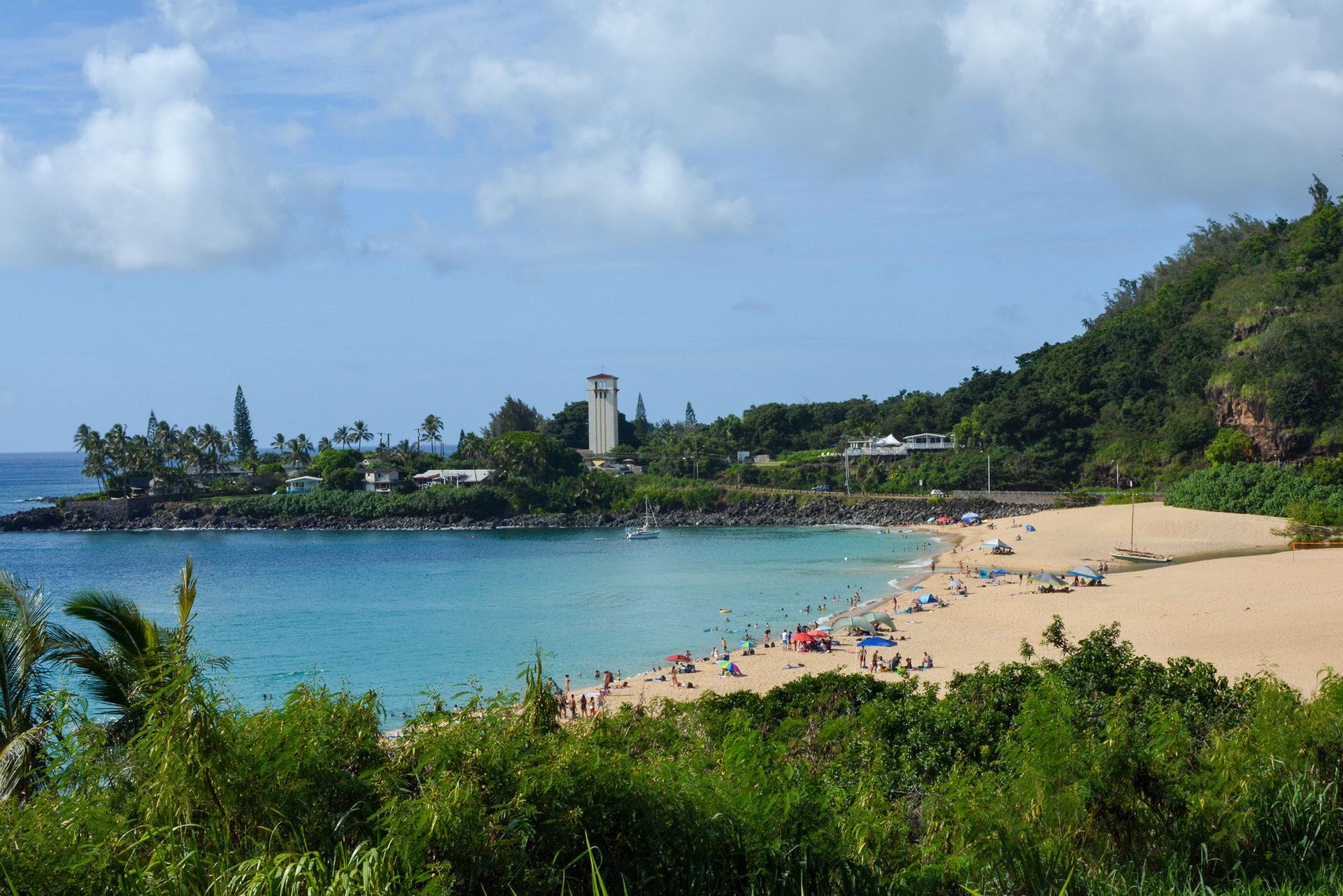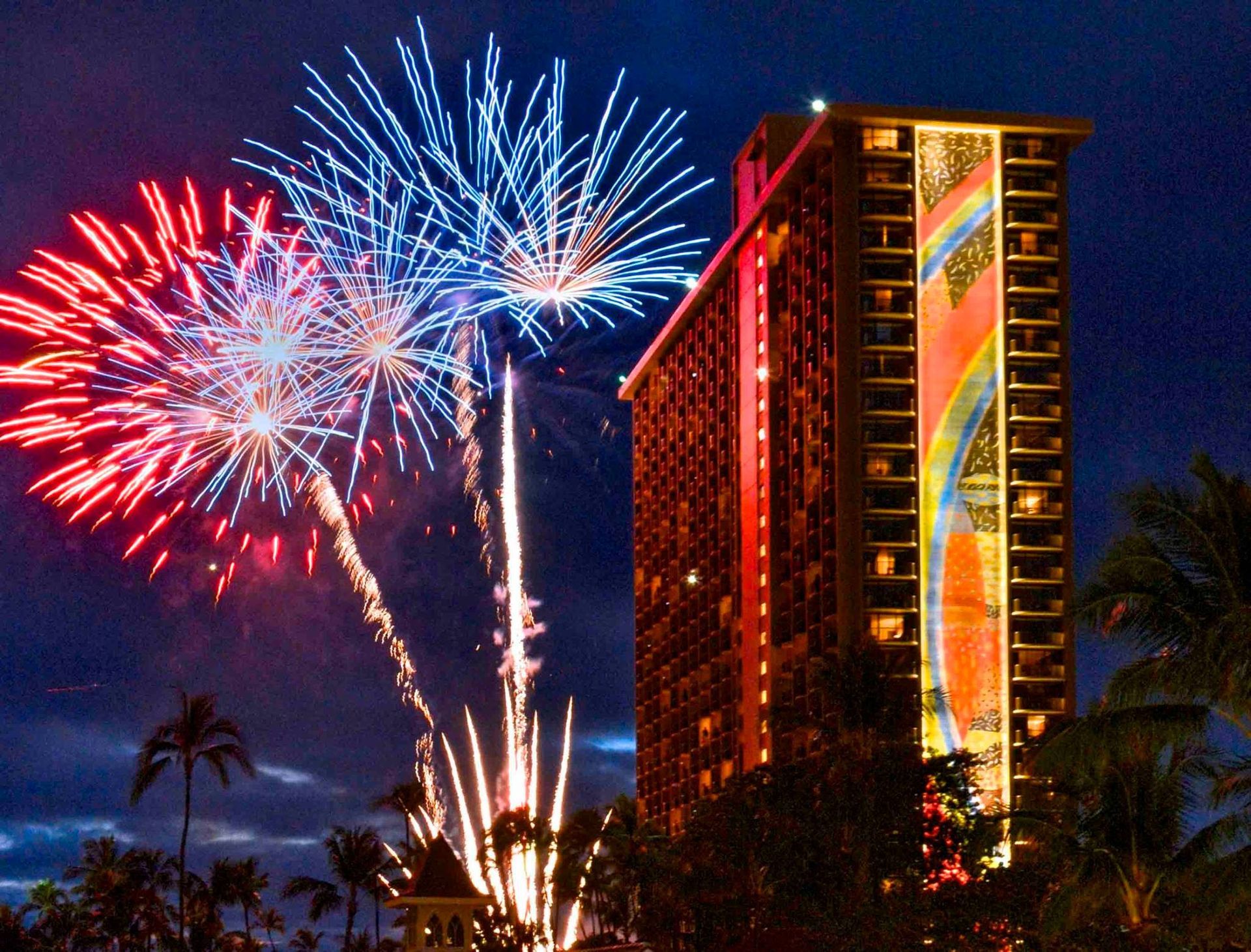Aloha ‘Āina: ‘Love of the Land’
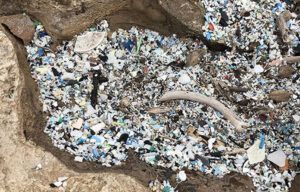
By the This Week Editorial Team
The ancient Hawaiian people believed in the importance of caring for kāhonua, the earth, and its natural resources that allowed for the ola loa (long life) of the Hawaiian people. Islands were divided into ahupua‘a, sections of land stretching from mountain to sea, to provide for fresh water, growing and capturing food, and resources from the ocean. This provided people who lived within each ahupua‘a, rich and varied ecosystems—the perfect example of biodiversity.
Hawai‘i was more than just home, a place to go about daily business, or somewhere to kick back and relax. It was—and is—a living, breathing thing. And people respected it, and still respect it, as such.
You may ask, “So what does this have to do with me?”
While in the Hawaiian Islands (and even when at home), we humbly ask all people, visitors and residents alike, to practice mālama ‘āina, caring for and nurturing, our home. The ways to do this are many, and being mindful of our environment, all animals (wild and domestic), natural resources and cultural and historical sites, especially where so many visit on a daily basis, is critical.
As individuals, we may not be able to effect big, worldwide change, but we can effect changes in our immediate circles—and we must start now. Every positive action we take creates a ripple that spreads wider and wider.
Throughout the coming year, our This Week editorial staff will be compiling the many ways that visitors and residents can take positive action to protect our island environment; native wildlife; and cultural, historical and natural resources while still enjoying it in a series, Aloha ‘Āina: Love of the Land. The series will address the many facets of our islands that make it a special place to visit and live. We hope you find it inspiring and make efforts together with us to care for our islands so it can continue to sustain people for many years to come. Let’s mālama ‘āina.
PHOTO: The problem of plastic pollution has hit critical mass. Though very important, the situation goes beyond the call to recycle bottles or place recyclables in recycle bins. Many plastics are still finding their way into our environment, particularly our oceans, where they break down into microplastics (pictured) that are unknowingly consumed by marine life. We can all play a part in the solution. More at greenpeace.org.

